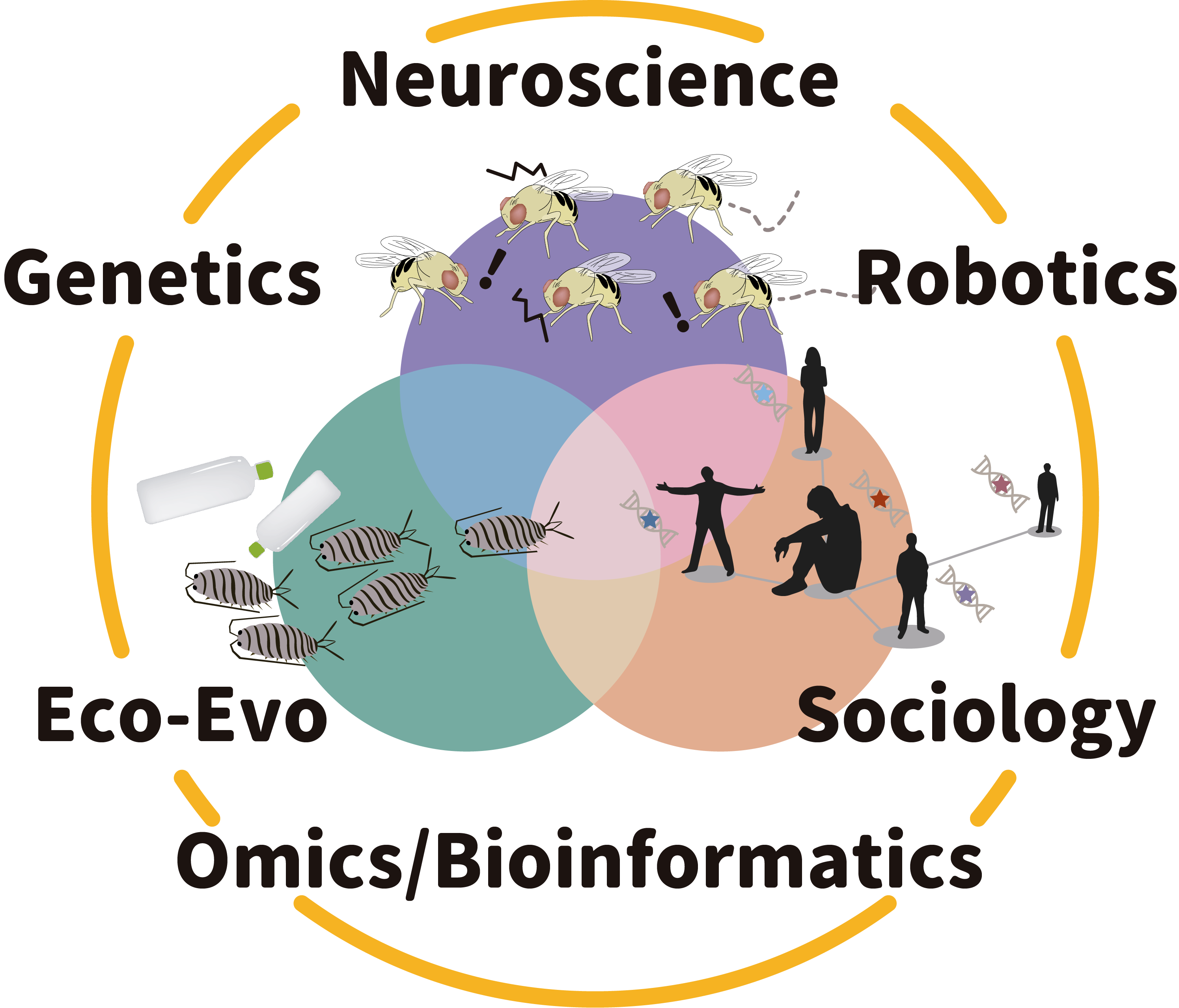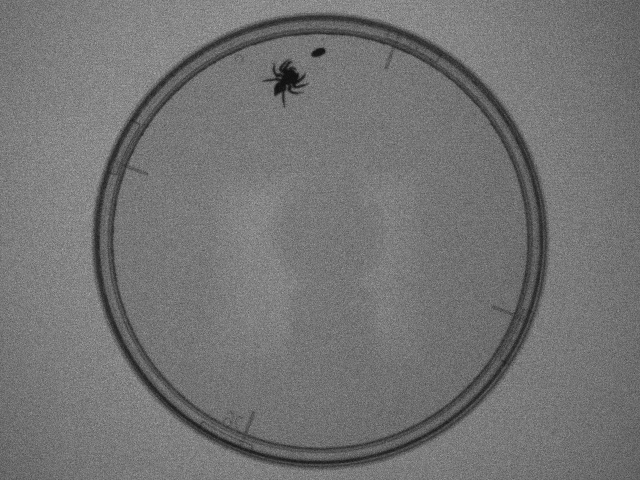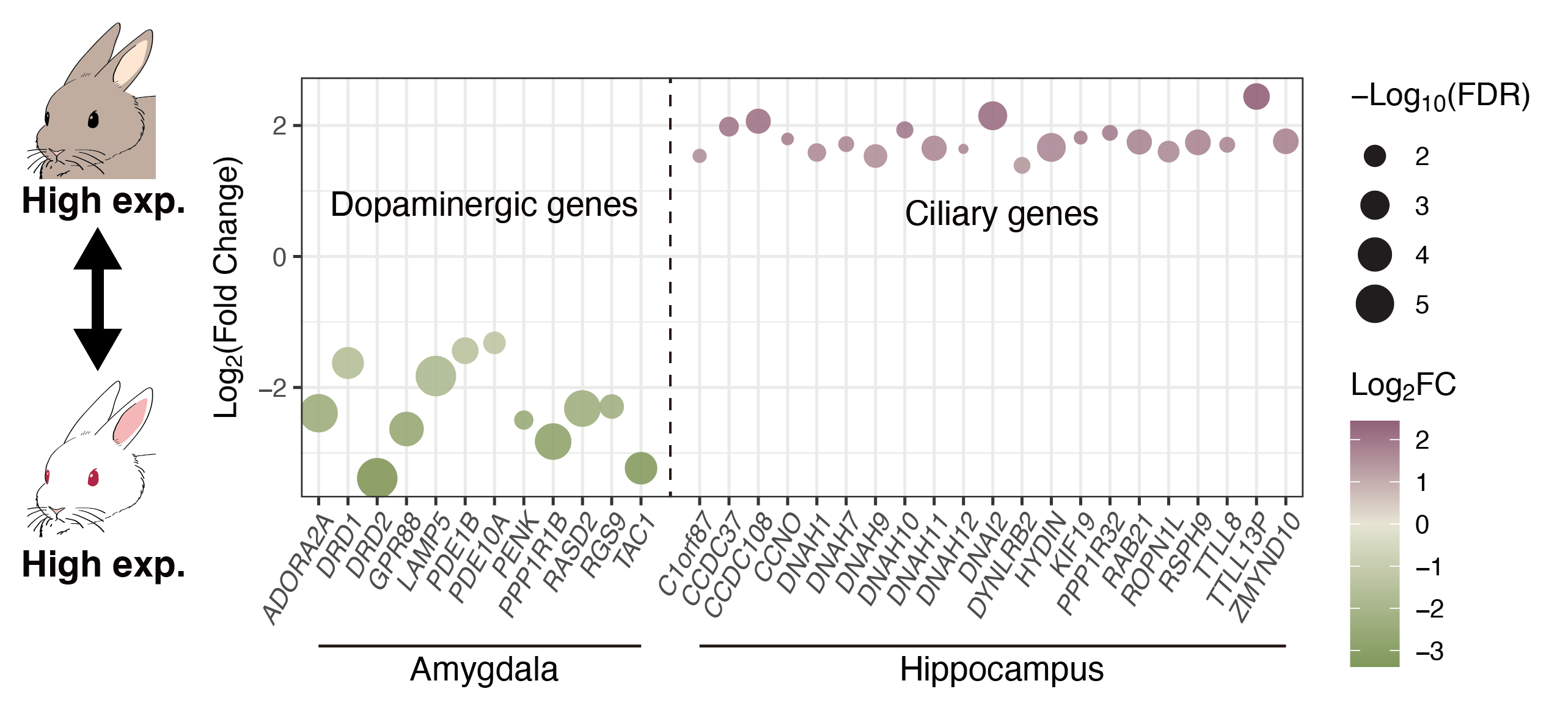I aim to understand animal behavior from molecular mechanisms to evolutionary processes, and to explore how behavioral diversity shapes social dynamics and ecosystems. My research has involved a variety of organisms—including humans, rabbits, mice, flies, and crustaceans—using a broad range of experimental and analytical approaches. Looking ahead, I hope to expand this work beyond basic science, applying it to fields such as mental health and marine conservation. With an open and creative mindset, I am committed to pursuing science that bridges disciplines and fosters innovation.
My main research themes to date are as follows:








